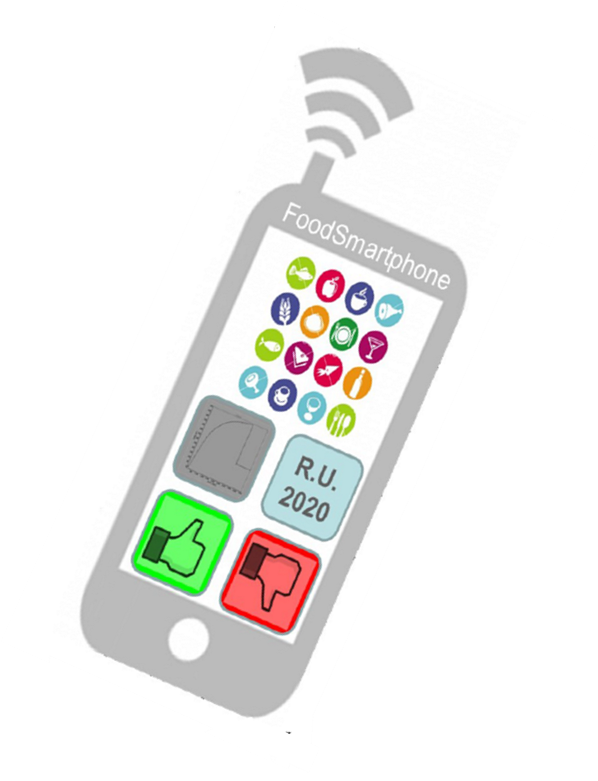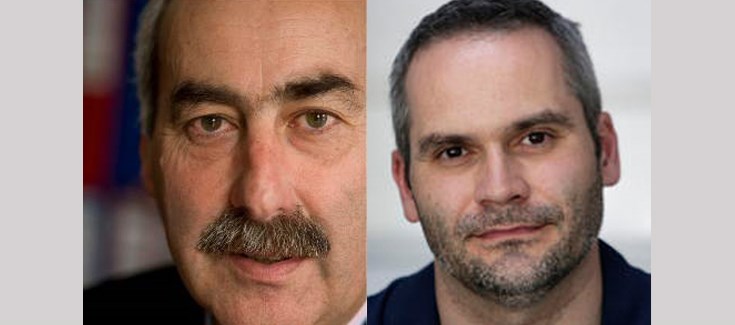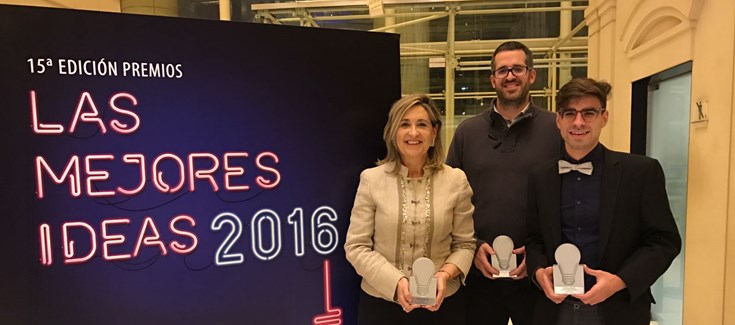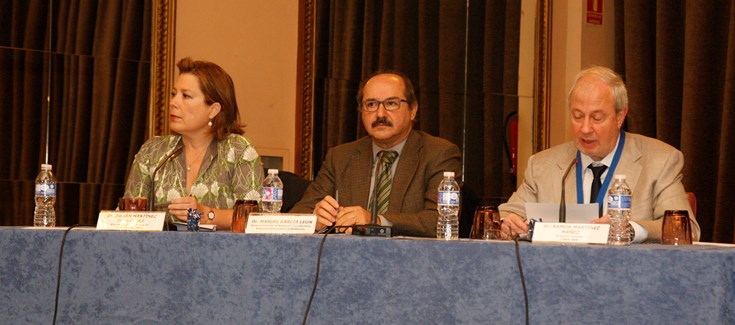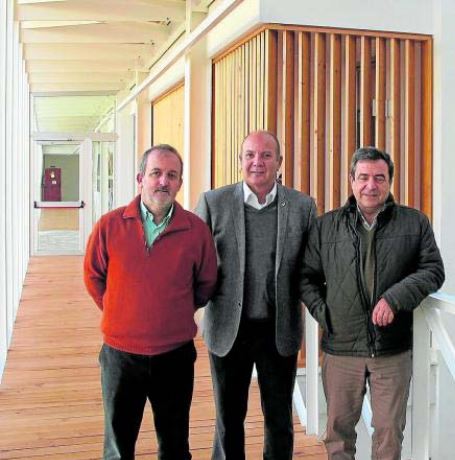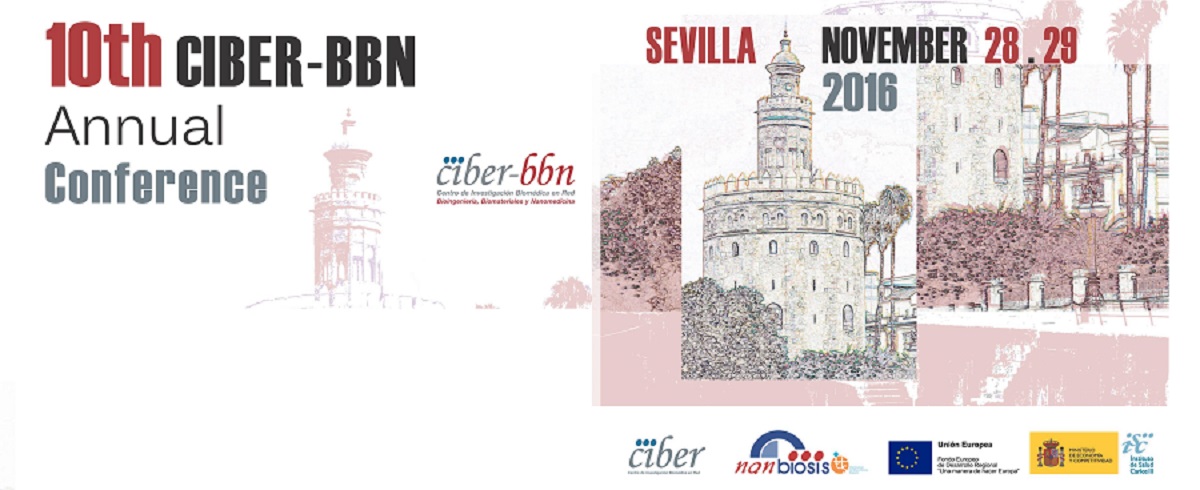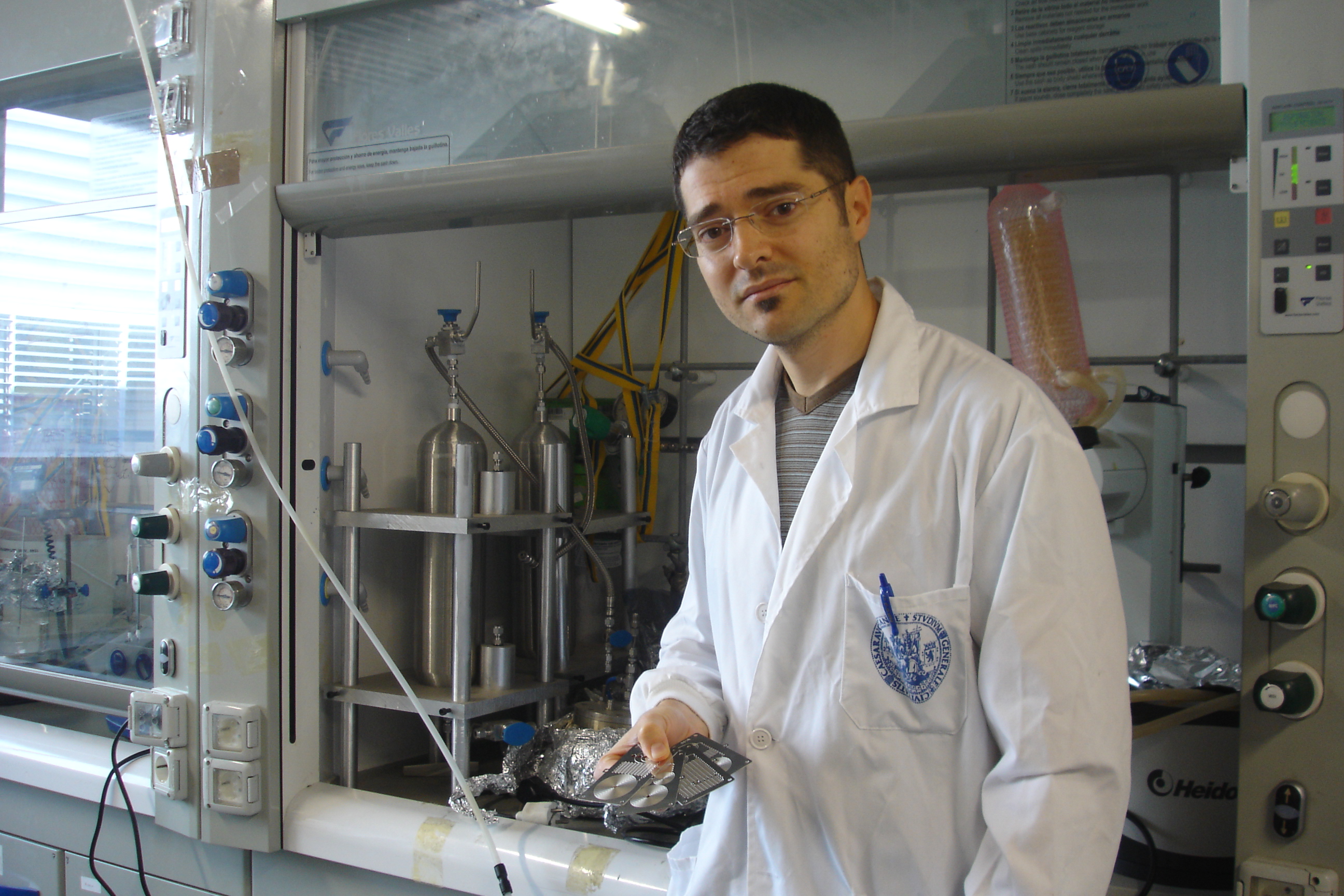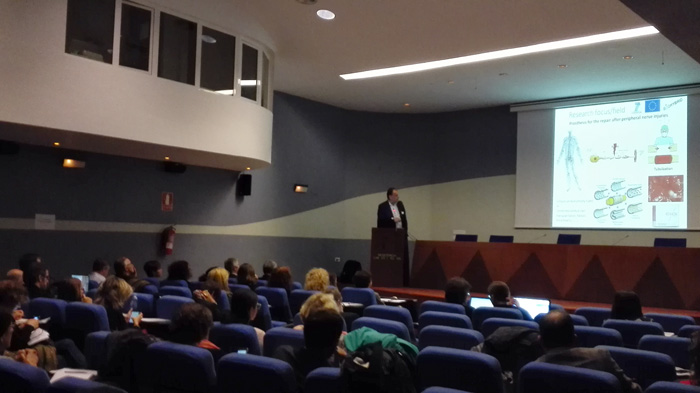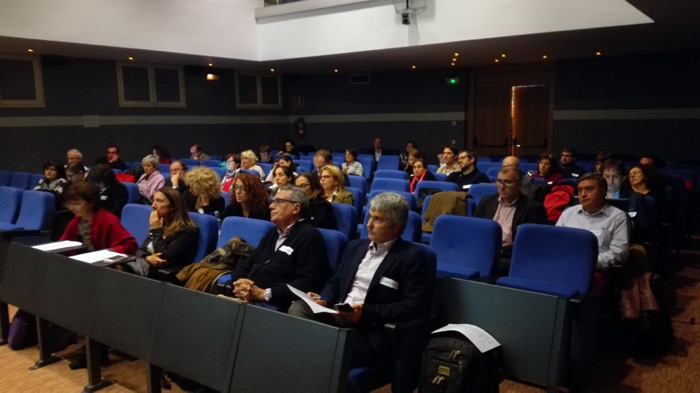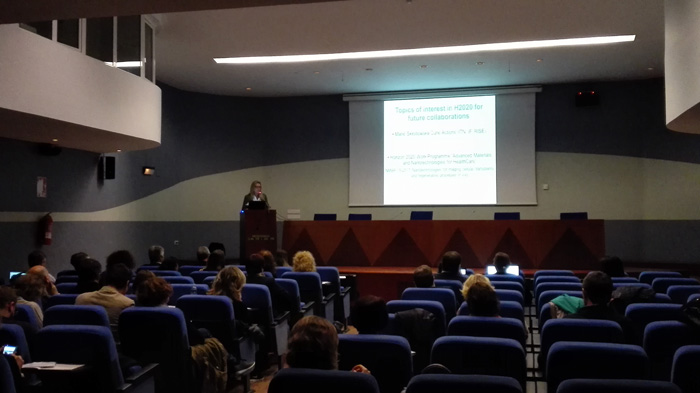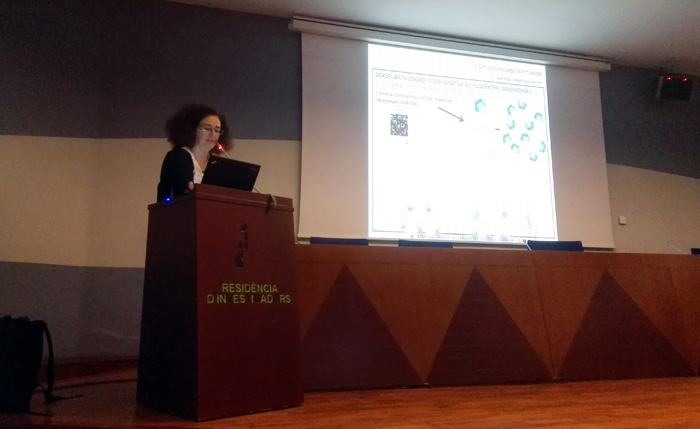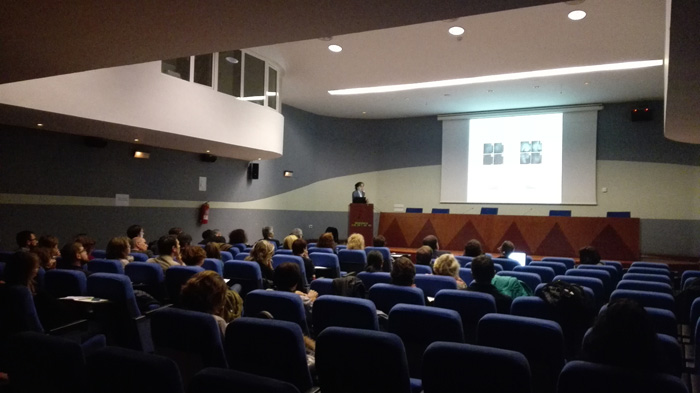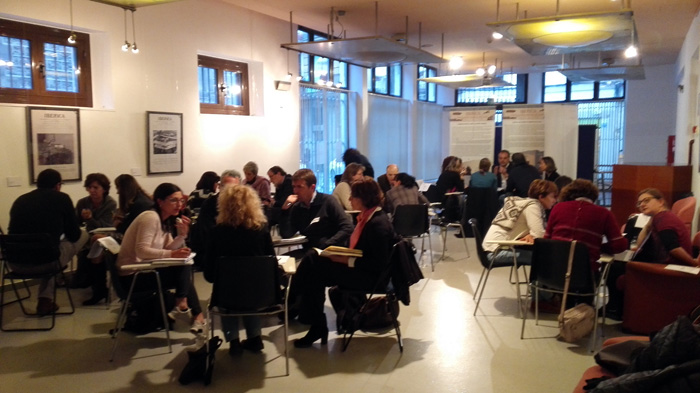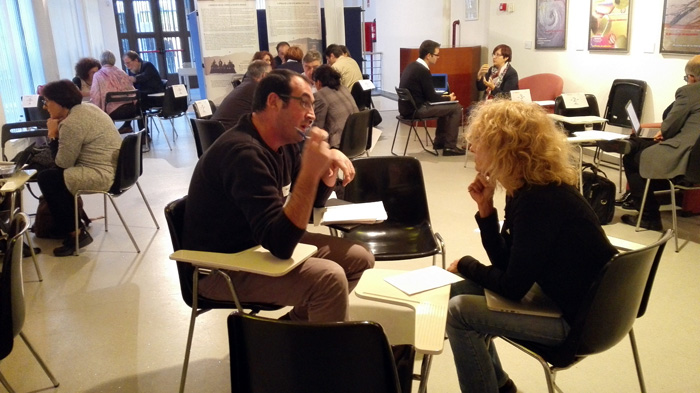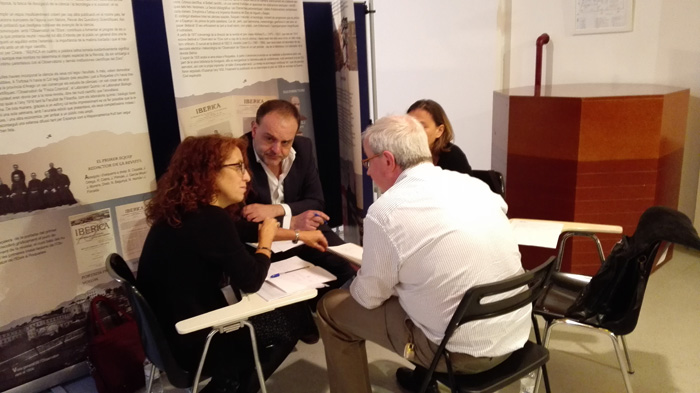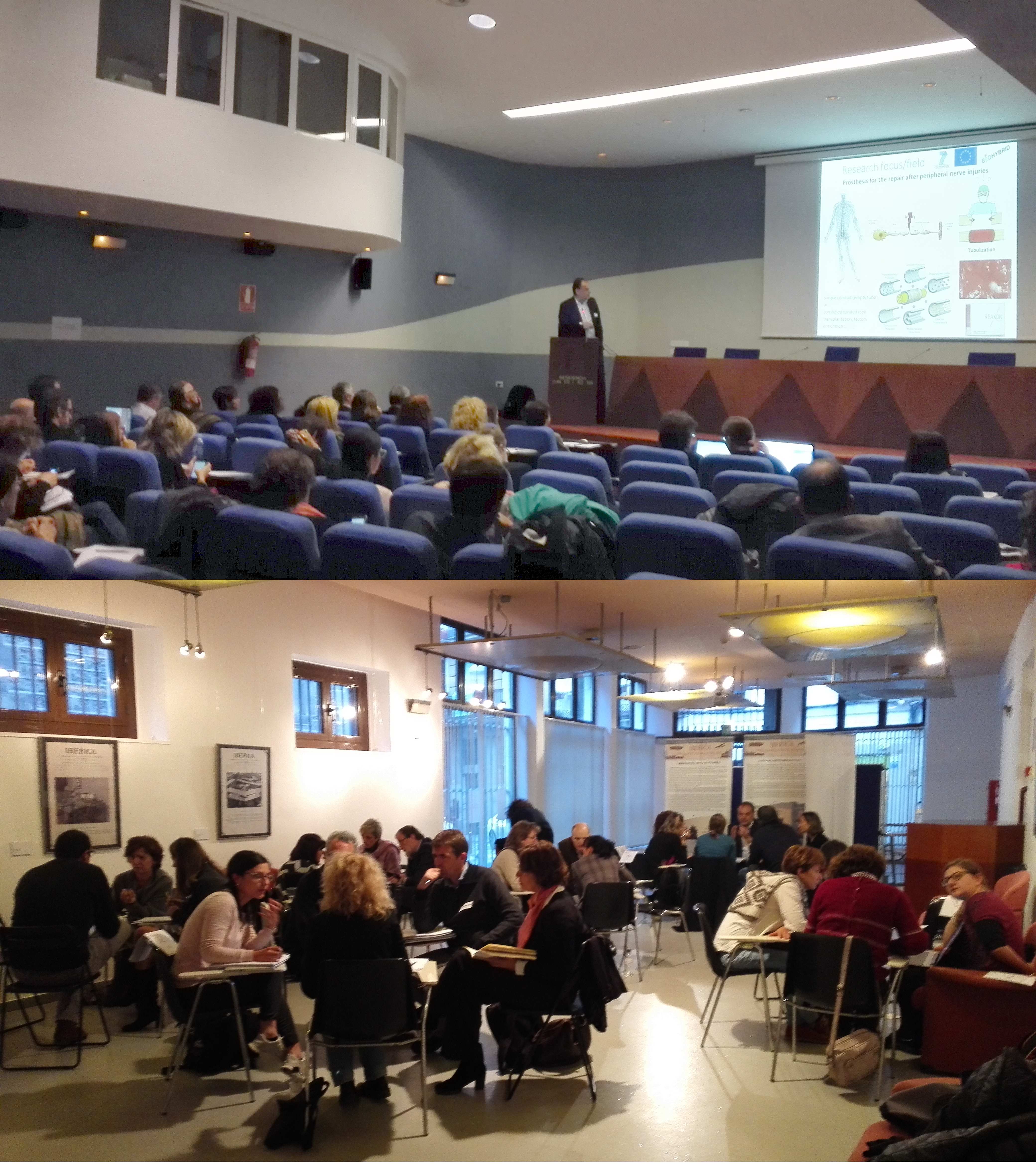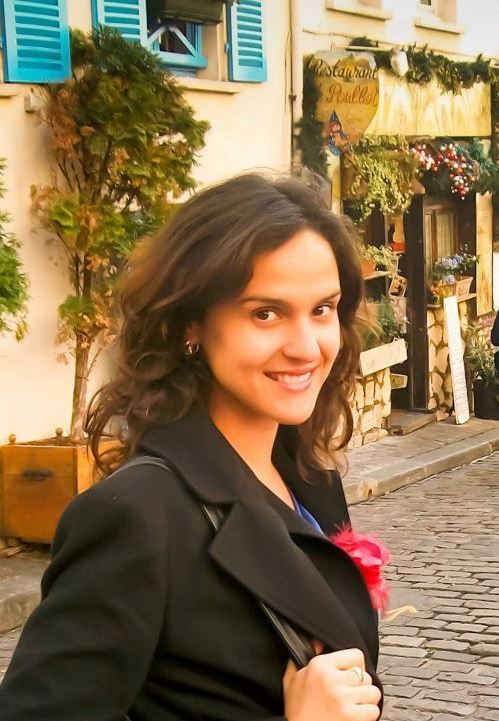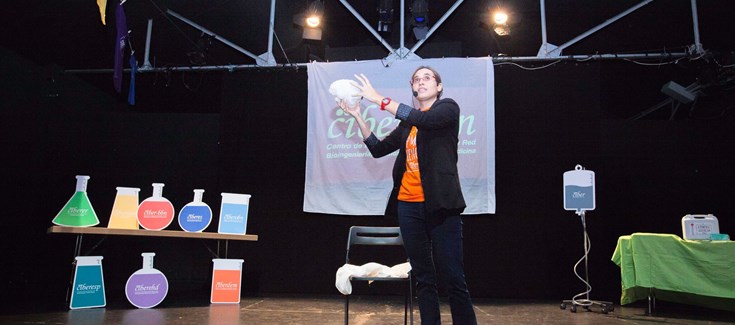Unit 2 of NANBIOSIS participates in the FoodSmartPhone project of Marie Sklodowska Curie.
The Nb4D group of CSIC, coordinator of Unit 2 of NANBIOSIS led by Pilar Marco has joined the consortium for the FoodSmartPhone project funded by the Marie Sklodowska Curie Research Program. The Marie Sklodowska-Curie Actions (MSCA) support training in research and professional development aimed at innovation skills.
The objective of the project is to develop a smartphone-based diagnostic and detection tool for simplified quick pre-selection of food quality and safety parameters. This is because food safety and quality tests are currently inefficient, expensive and ineffective and can not guarantee food safety for all consumers or prevent possible incidents of food fraud.
FoodSmartPhone offers an opportunity for a doctorate that covers all aspects of smartphone-based detection tools, as well as a wealth of scientific knowledge as well as innovation and transfer.
The Nb4D group will act as leader of work package For more information 1 which aims to develop new concepts of ligand binding assay. The group will host two ESRs (Early Stage Researchers) and will also organize training events and an advanced PhD course for the production of haptens and bioreceptors.
